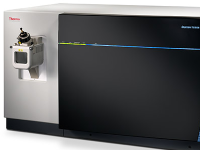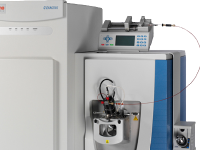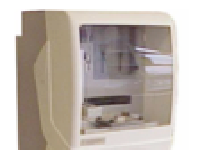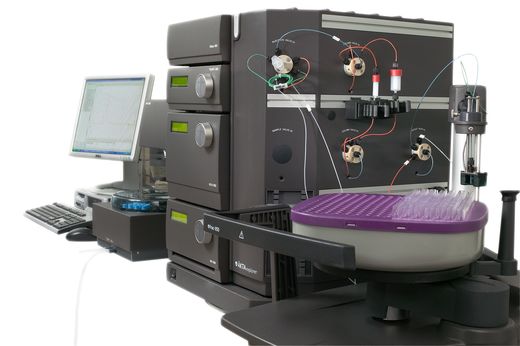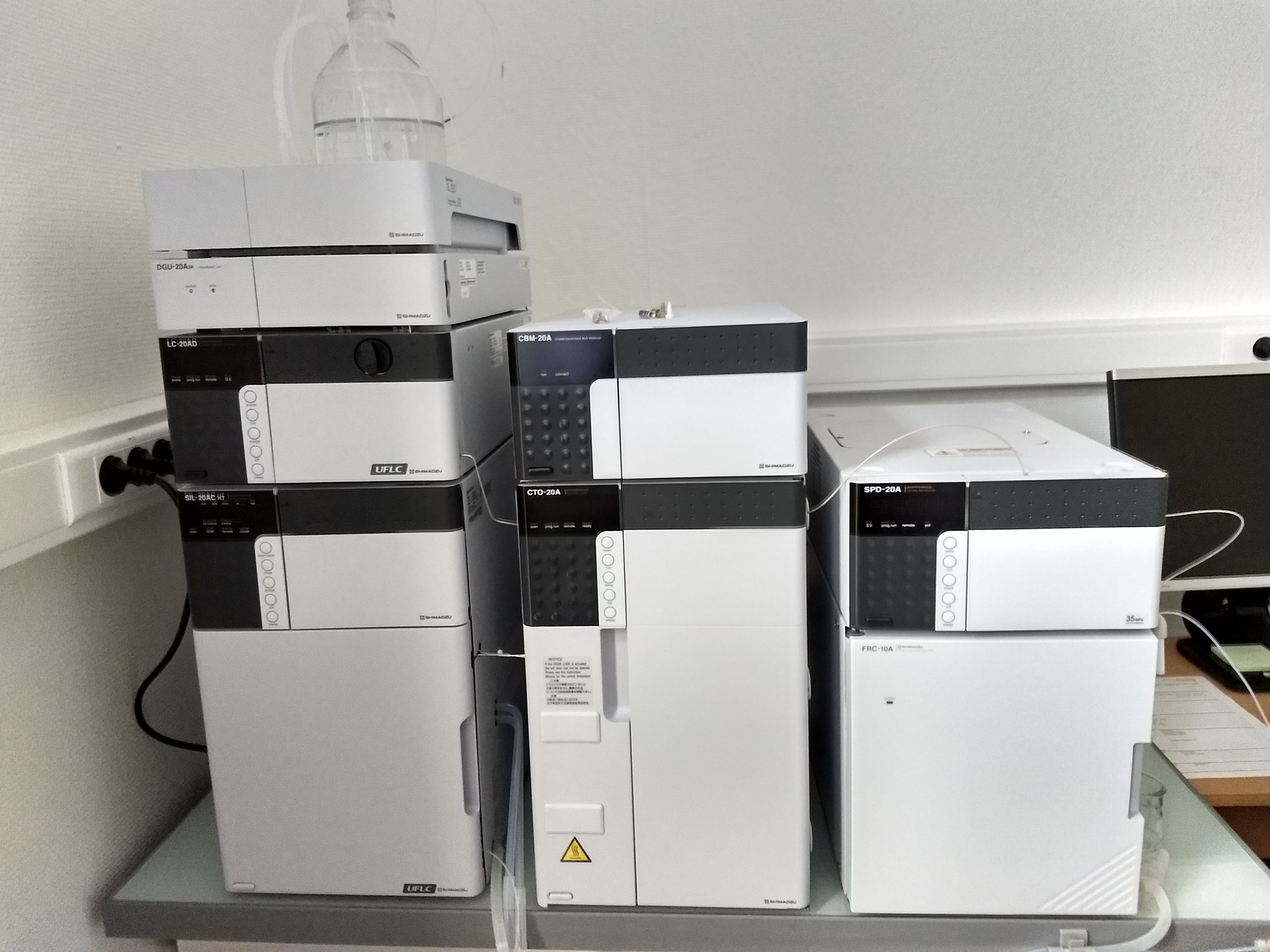TimsTOF Pro
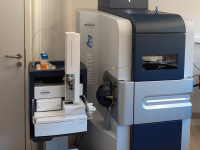
The TimsTOF Pro mass spectrometer (Bruker) is equipped with an ion mobility module (Tims) that allows access to a 4th dimension: ion mobility (the three dimensions conventionally obtained being retention time (RT), ion mass (m/z) and ion intensity). This ionic mobility allows, for example, the differentiation of isobaric peptides with post-translational modifications. The very high acquisition speed and the sensitivity of this mass spectrometer will allow to reduce injection times and the quantities of samples analyzed (from 10 ng), while maintaining a very high level of identification and quantification of proteins in complex samples. The purchase of this mass spectrometer was accompanied by an investment in ion mobility data processing software: PEAKS (Bioinformatics Solutions Inc.). PAPPSO also implements this ion mobility with house made tools.
